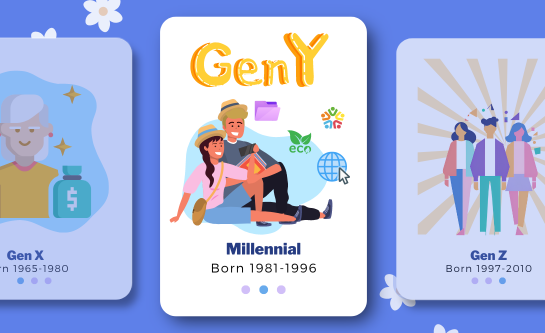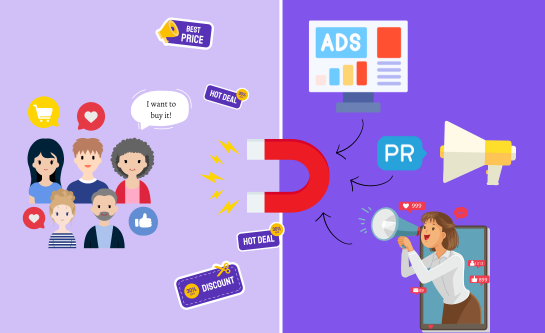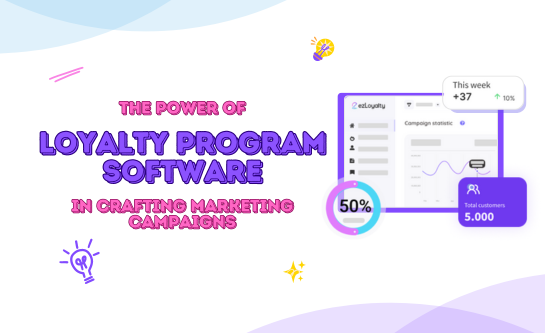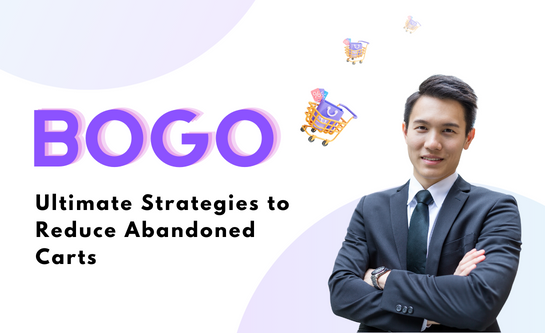Consumer Decision-Making Process in Tourism Industry
 May 30th, 2024
May 30th, 2024
 520 views
4 MINS READ
520 views
4 MINS READ
Due to travelers’ changing needs and preferences, tourism firms must learn the decision-making process of their target audience. From dreaming about exotic destinations to booking flights and accommodations, the consumer journey in tourism is multifaceted and influenced by various factors. This blog will dig into the customer journey of tourism consumers.
The decision-making process in the tourism industry
In 2023, the percentage of YoY global tourism arrivals declined from 132.5% to 35.23% due to the negative financial effects of the economic recession. Therefore, in this situation, the purchasing behavior and psychology of Tourism consumers have changed to the new patterns. Therefore, it is essential to discover the new purchasing decision-making process in tourism consumers.
Stage 1: Inspiration and Discovery

The consumer decision-making process often begins with inspiration and discovery. In this stage, consumers seek ideas and information about potential travel destinations. Various stimuli, including social media, travel blogs, word-of-mouth recommendations, and marketing campaigns may influence them. Tourism businesses can leverage these channels to capture the attention of prospective travelers by showcasing captivating imagery, personalized recommendations, and engaging storytelling.
Stage 2: Research and Planning
Once consumers have identified their desired destination or experience, they enter the research and planning phase. During this stage, travelers gather information about accommodation options, activities, transportation, and local attractions. They compare prices, read reviews, and seek advice from friends or online forums. Tourism businesses can enhance the planning process by providing comprehensive and transparent information on their offerings, facilitating seamless booking experiences, and offering incentives such as discounts or exclusive deals.
Stage 3: Booking and Reservation
The booking and reservation stage marks a crucial milestone in the consumer journey. After conducting thorough research, travelers make decisions regarding their itinerary and finalize their bookings. This may involve reserving flights, hotels, tours, and other services. Tourism businesses must ensure that their booking platforms are user-friendly, secure, and optimized for mobile devices. Offering flexible booking options, such as the ability to customize packages or make changes to reservations, can also enhance customer satisfaction and loyalty.
Stage 4: Pre-trip Experience
As the departure date approaches, consumers embark on the pre-trip experience phase. During this time, they may engage in pre-travel rituals, such as packing, obtaining travel insurance, and researching local customs and etiquette. Tourism businesses can support travelers during this stage by providing timely reminders, helpful tips, and relevant resources. Creating anticipation through personalized communication and exclusive previews can build excitement and anticipation for the upcoming journey.
Stage 5: On-site Experience
The on-site experience represents the culmination of the consumer journey, as travelers immerse themselves in their chosen destination. This stage encompasses a wide range of activities, from sightseeing and dining to participating in guided tours and cultural experiences. Tourism businesses play a pivotal role in shaping the on-site experience by delivering exceptional service, personalized recommendations, and memorable interactions. Leveraging technology, such as mobile apps and augmented reality, can further enhance the visitor experience and foster deeper engagement.
Stage 6: Post-trip Reflection
After returning from their travels, consumers enter the post-trip reflection phase. During this time, they reminisce about their experiences, share stories and photos with friends and family, and evaluate their overall satisfaction. Tourism businesses can capitalize on this stage by motivating feedback, encouraging reviews and testimonials, and nurturing ongoing relationships with customers. By actively listening to feedback and addressing any concerns or issues, businesses can continuously improve their offerings and foster loyalty among returning travelers.
Ultimately, related firms in the tourism industry are increasingly utilizing the power of loyalty programs and mobile memberships to collect insightful feedback, encourage repeat sales, and increase satisfaction. The application of mobile membership integrated into their loyalty apps also enables them to quickly and conveniently react to customer
Wrap up
The consumer decision-making journey in the tourism industry is a complex and multifaceted process that unfolds across multiple stages. By understanding the needs, preferences, and motivations of travelers at each stage of their journey, tourism firms can effectively engage with customers, deliver exceptional experiences, and foster long-term relationships. Finally, businesses can navigate the tourism industry and thrive in an increasingly competitive marketplace by applying technology, data analytics, and personalized marketing strategies.
 Back to blog page
Back to blog page




































